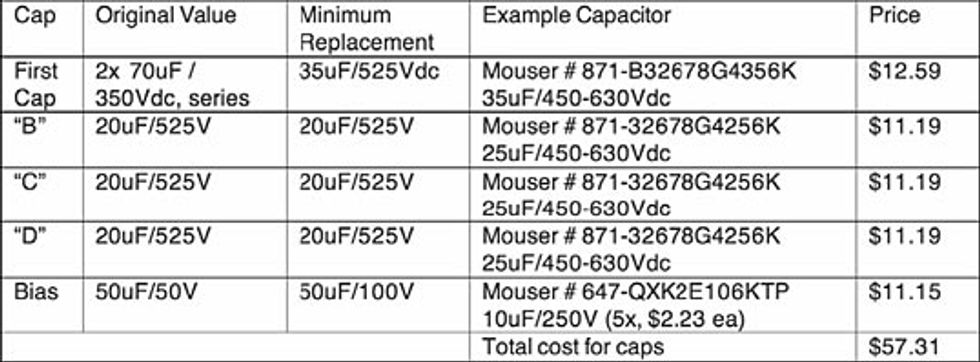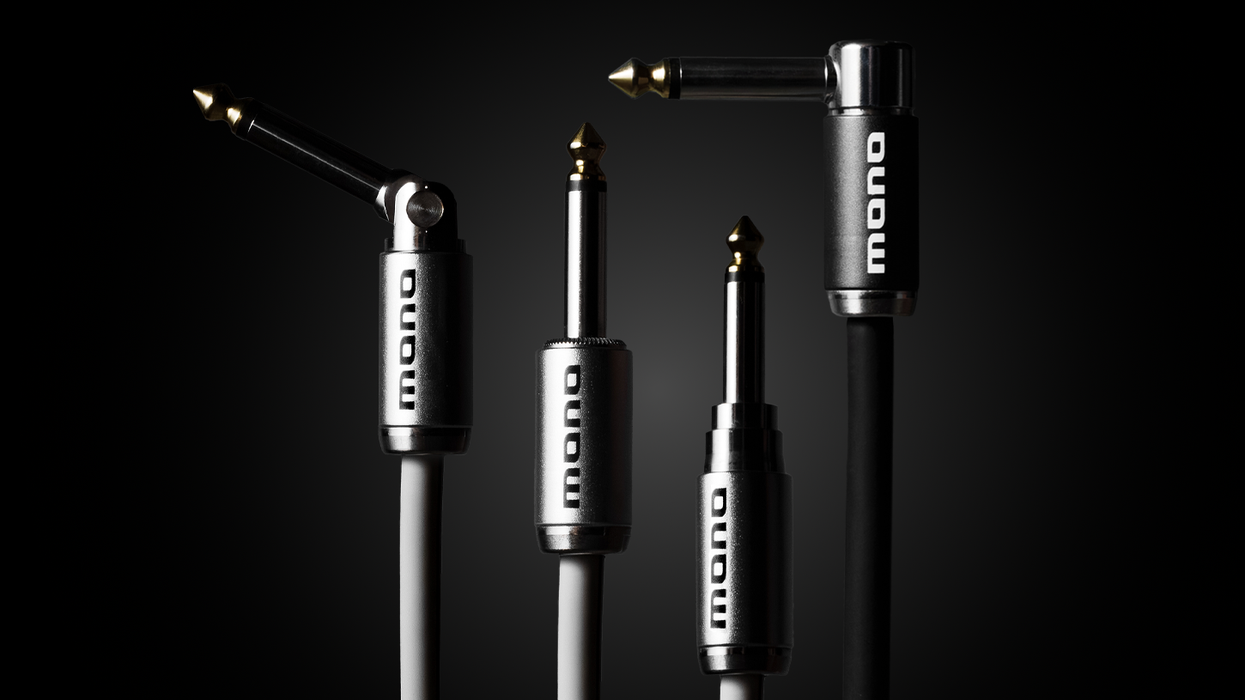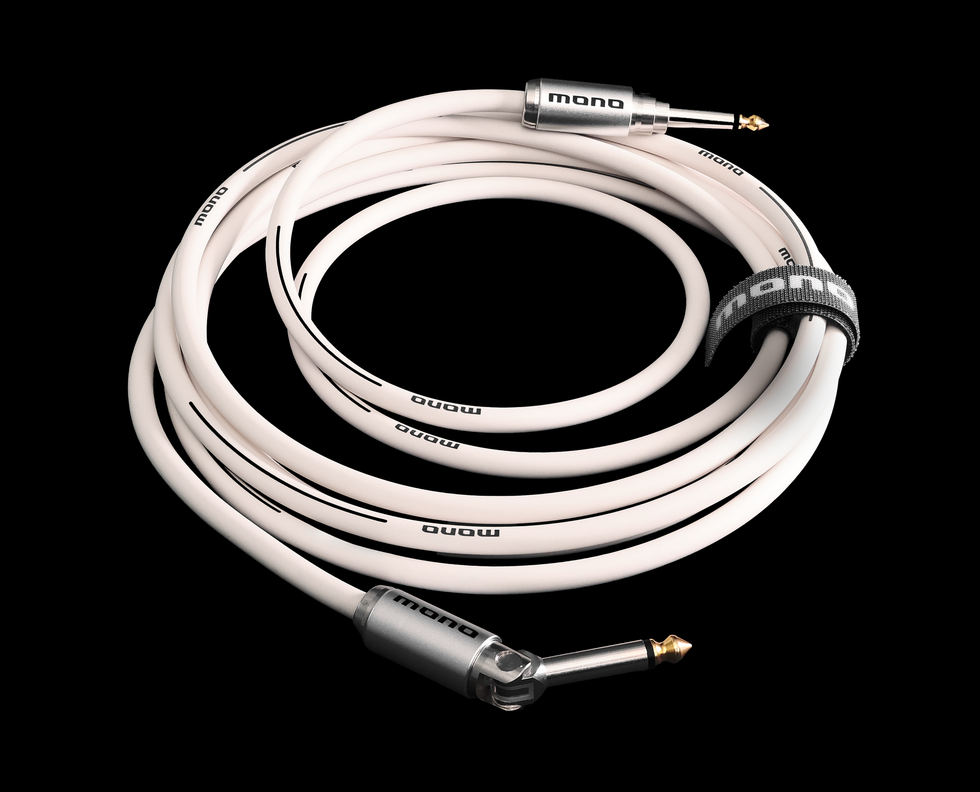One element inside your amp that has a definite wear-out time whether you use the amp or not is the filter capacitors. If you keep an amplifier long enough, the filter capacitors will fail – it’s a question of when, not if. But there are capacitors available that will never wear out.
Immortality Mod #4: Replace electrolytic capacitors with plastic film types
Warning! These mods are located in the highest voltages in the amplifier. If you want to do this yourself, you must be absolutely certain before you start that you already know how to do it safely. If you have any doubts at all, take it to a tech who can do it safely. And always unplug your amp for at least several minutes before opening it!
Gather a list of the capacitance values and maximum voltages in your amplifier, then track down suitable film replacements. A suitable replacement for an electrolytic cap:
- has a capacitance as high or higher than the replaced capacitor – or can be combined to make enough capacitance.
- has a voltage rating as high or higher than the replaced capacitor.
- is a metal can “motor run cap,” a “DC link cap” or a “Medium power film capacitor.” Do not use “motor start capacitors,” as they will not be durable.
For our example, we’ll look at replacing the caps in a Fender Super Reverb AB763 (see table). You can find the schematic online at ampwares.com/ffg/schem/twin_reverb_ab763_schem.gif
Fender made their first filter cap from two 70”F/350V caps in series to equal a 35”F/700V capacitor. The use of two caps and the higher voltages was probably to get higher reliability. But film caps are tougher than electros. The B+ voltage is normally 460V here, so we need a bit more voltage than that. Taking a clue from the rating of the other filter caps we’ll shoot for 525 VDC. That’s plenty for a normal 460V, plus maybe a 10 percent surge to 506V.
The next three caps are the replacements for the phase inverter and preamp B+ filters. In the catalog I consulted, there are two parts that work: one is 20”F/450-630V and the other is a larger 25”F/450-630V. Oddly, the 25”F part is cheaper than the exact replacement size of 20”F, so I picked that one. 
The bias filter capacitor may be the most important filter cap in your amp. If this one shorts, you will buy at least new tubes, and possibly a new power transformer. I found a 10”F film cap that is also physically small. We can make a bigger capacitance at the same voltage by hooking capacitors in parallel. The particular cap I found was 10”F/250V for $2.23, so I specified five of them to be hooked up in parallel. This is equal to a 50”F/250V capacitor and costs $11.15. I could have used a 50”F/370VAC metal can capacitor, but this is quite large physically, and there is little ripple current stress, so I chose the smaller, plastic-cased 10”F units in parallel.
I listed prices because it is possible to spend a lot more on film capacitors if you don’t shop carefully. Our tab for film caps for the whole amplifier is nearly $60. To compare, Mouser Electronics sells a 20”F/500V film cap for $12.47 and Antique Electronics Supply sells a 20”F/500V electro cap for $6.35. The film capacitors are moderately more expensive for equal ratings. However, the amp tech’s time to put all new capacitors in will likely be $50-$100. Spending a little more for parts once means you’ll never have to replace them again just because they wear out.
WHERE TO FIND CAPS Mouser Electronics DC link caps and medium power film mouser.com Digi-Key Electronics DC link caps and medium power film digikey.com Johnstone Supply HVAC motor-run capacitors johnstonesupply.com |
R.G. Keen
Cheif Engineer
Visual Sound
www.visualsound.net














